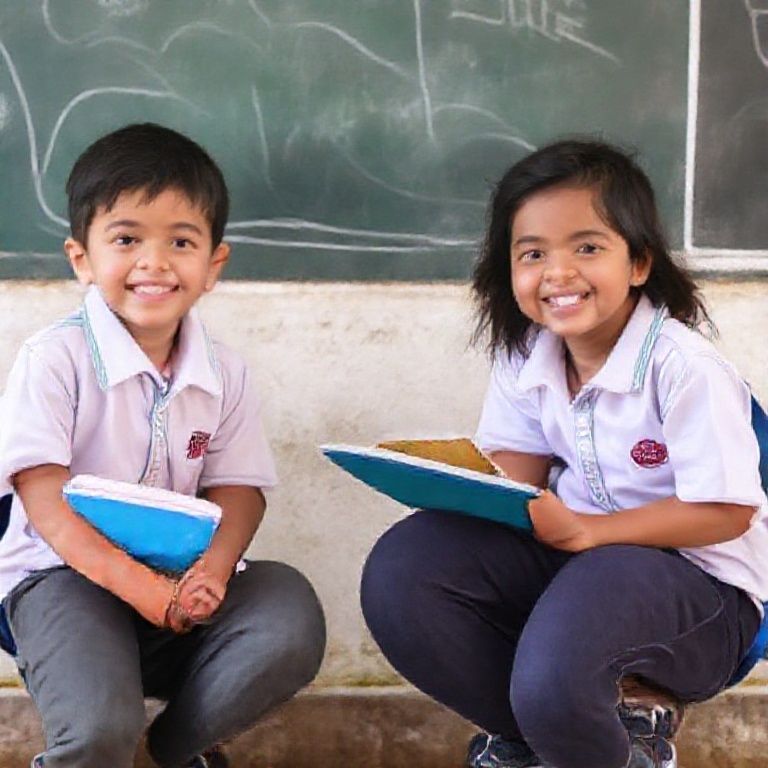Moving to a new country involves numerous adjustments, and for families, understanding the local education system is paramount. If Mexico is your new home, navigating the Mexican school system might seem daunting at first. However, with a clear overview, you can make informed decisions to ensure your children receive a quality education that suits their needs and aspirations. This article provides essential insights into the Mexican school system, tailored specifically for expats.
From understanding the different levels of education to exploring the options available – public, private, and international schools – we aim to equip you with the knowledge necessary to confidently enroll your children in a Mexican school. We’ll also delve into the curriculum, language requirements, and cultural aspects that will help your children thrive in their new academic environment.
Understanding the Structure of Mexican Education
The Mexican education system is structured similarly to that of many other countries, with several key stages. These stages are designed to provide a comprehensive educational journey from early childhood to higher education. Here’s a breakdown of the different levels:
Early Childhood Education (Educación Inicial y Preescolar)
- Educación Inicial (0-3 years): This is an optional early childhood development program that focuses on social, emotional, and cognitive skills. It is often provided in daycare centers or community programs.
- Preescolar (3-6 years): Also known as kindergarten, preescolar is compulsory for all children. It consists of three grades and aims to prepare children for primary school by developing basic literacy, numeracy, and social skills.
Basic Education (Educación Básica)
Basic education is compulsory and free in Mexico, encompassing primary and secondary levels.
- Primaria (6-12 years): Primary school consists of six grades. The curriculum covers core subjects such as mathematics, Spanish, science, history, and social studies.
- Secundaria (12-15 years): Secondary school has three grades. Students continue with core subjects and may also have elective courses depending on the school.
Upper Secondary Education (Educación Media Superior)
This level is also compulsory and prepares students for either higher education or the workforce.
- Preparatoria or Bachillerato (15-18 years): This usually lasts three years and is similar to high school. Students can choose between general academic programs or vocational training.
Higher Education (Educación Superior)
Higher education includes universities and technical colleges.
- Licenciatura: Bachelor’s degree programs typically last four years.
- Posgrado: Postgraduate studies include master’s degrees and doctorates.
Types of Schools in Mexico
When considering education options for your children, you will encounter three main types of schools in Mexico:
Public Schools (Escuelas Públicas)
Public schools are funded by the government and are free for all Mexican citizens and legal residents. While they offer a standardized curriculum, the quality can vary depending on the location and available resources. Public schools primarily teach in Spanish, which can be an excellent opportunity for your children to become fluent in the language. However, be aware that class sizes can be large, and resources may be limited compared to private or international schools.
Private Schools (Escuelas Privadas)
Private schools charge tuition fees and often offer smaller class sizes, better facilities, and a wider range of extracurricular activities. The quality of private schools can vary, so it’s important to do thorough research. Many private schools in Mexico offer bilingual education, teaching in both Spanish and English, which can be a great option for expat families. Some private schools also follow specific educational philosophies, such as Montessori or Waldorf.
International Schools
International schools cater primarily to expat families and offer curricula from other countries, such as the International Baccalaureate (IB), American, or British systems. These schools often have a diverse student body and offer instruction in English, although Spanish may also be taught. International schools tend to be more expensive than public or private schools, but they provide a familiar educational environment for children who have attended similar schools in their home countries.
Enrolling Your Child in a Mexican School
The enrollment process can vary depending on the type of school you choose. Generally, you will need to provide the following documents:
- Birth certificate
- Proof of residency (such as a utility bill or rental agreement)
- Vaccination records
- Previous school records (if applicable)
- Copies of parents’ identification documents
For public schools, enrollment usually takes place at the beginning of the academic year (August/September). Private and international schools may have rolling admissions, but it’s best to inquire well in advance, as spaces can be limited.
Curriculum and Language
The curriculum in Mexican schools is set by the Secretaría de Educación Pública (SEP), the country’s education ministry. It covers a range of subjects, including Spanish, mathematics, science, history, geography, and civics. In addition to academics, Mexican schools often emphasize cultural and artistic activities, such as music, dance, and art.
Language can be a significant factor for expat families. While some schools offer bilingual programs, many, especially public schools, conduct classes primarily in Spanish. Consider enrolling your children in Spanish language classes or immersion programs to help them adjust to the new language environment. Many schools also offer support for students who are learning Spanish as a second language.
Conclusion
Navigating the Mexican school system as an expat can initially seem complex, but understanding the structure, types of schools, and enrollment processes will empower you to make informed decisions. Whether you opt for a public school to immerse your children in the local culture and language, a private school with bilingual education, or an international school offering a familiar curriculum, Mexico provides a range of educational opportunities to suit diverse needs. By researching your options and preparing the necessary documents, you can ensure a smooth transition for your children and set them on the path to academic success in their new home.
If you enjoyed this article, don’t forget to explore more inspiring stories on Life in Mexico!
IMAGE: A bright and cheerful photo of a diverse group of children in a Mexican classroom. The children are of various ethnicities and are wearing school uniforms. The classroom is decorated with colorful posters and artwork. The scene is well-lit with natural light streaming in through the windows. The mood is positive and encouraging, reflecting a supportive learning environment. Style: Natural, documentary-style photography.


